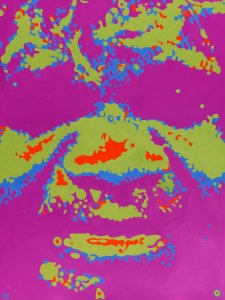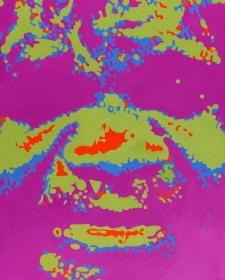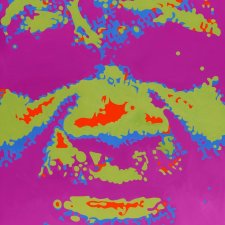George Tjungurrayi (b. c. 1943–1947) is a highly respected senior Pintupi artist. Born around Walawala near Kiwirrkura in Western Australia, he spent his childhood in this region. In his late teens Tjungurrayi left the Gibson Desert and moved between Mt Doreen, Yuendumu and Papunya, where he settled from the early 1960s. During this period Tjungurrayi worked in a variety of jobs; as a fencer, butcher and as a guide to a Welfare Branch patrol of Pintupi country. In 1976 Tjungurrayi and his oldest brother Willy Tjungurrayi began painting with Papunya Tula Artists guided by senior Pintupi painters including Uta Uta Tjangala and Yala Yala Gibbs Tjungurrayi. Over the course of his career he developed his own style which focused on abstraction, a minimal colour palette and refined lines that undulate across the surface of his works. Tjungurrayi's paintings focus on topographical depictions of his Country and areas of cultural significance to Pintupi culture. From the 1970s Tjungurrayi, his wife Nanupu Nangala and their five children moved throughout the region settling in Kintore in the early 1980s where he continues to live and work. Tjunurrayi's work is held in a number of national and international collections, including the Museum of Contemporary Art, the National Gallery of Australia, the National Gallery of Victoria, the Seattle Art Museum in Washington and the Musée national de Arts d’Afrique et d’Océanie. His work was included in the 21st Biennale of Sydney in 2020.







